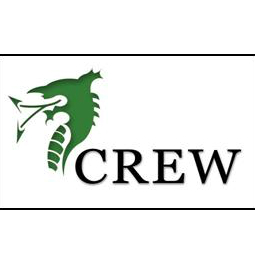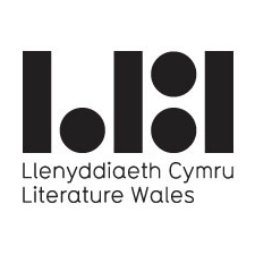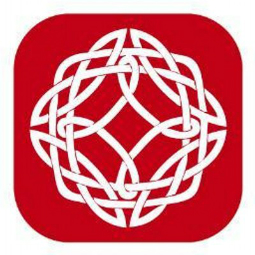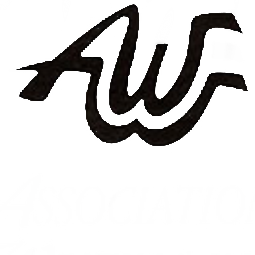These opening lines appear to depict the start of a relationship, marked by the offering of a love-token in the form of a hand-made ‘box ... of golden oak’. This gift gestures to a Welsh craft tradition, which saw suitors carve lovespoons for the object of their affections. Thought to be expressive of the emotion of the carver, no two lovespoons are the same. The box, then, would seem to point to the uniqueness of the lovers’ relationship, all the while connecting it with a Welsh cultural history that, given the lack of historical sources recording it, remains something of a mystery.
In spite of the intimate tone of these opening lines, the speaker’s emotions remain somewhat hidden. Gillian Clarke has admitted that ‘I like mystery’ in poetry – hence, perhaps, her attraction to the obliqueness of the fairy tale form.[1] Here, the speaker’s reticence, conveyed in a language stripped back to the bare essentials of the box’s composition and construction (‘He fitted hinges and a lock / of brass and a bright key’), hints at the myriad Welsh voices – particularly those of women – curtailed or suppressed in history. But it also invites the reader to speculate imaginatively on the missing parts of the lovers’ story – why did ‘He’ put so much care into the box’s fabrication? Does its recipient experience joy, ambivalence, or even unhappiness on receiving it?
That the poem is focused on a material object rather than emotions also indicates Clarke’s ‘strong tactile and visual sense’ – what scholars such as Katie Gramich see as her tendency to present history and experience in markedly spatial, material terms.[2] The sensuality and spatiality of Clarke’s vision can be seen in the depiction of the shining, ‘engraved’ box and the homestead with its ‘sanded’ surfaces and solid stone ‘wall’, all of which invite the reader to look, to wonder and touch. Both are presented as important sites of memory and story; through her focus on the wooden box, Clarke could be seen to suggest that material objects can speak more eloquently about history (especially women’s history) and the inner world of human relationships than can official history books.
The speaker’s switch from the immediacy of the present tense in the first lines to the past tense in line three (‘He fitted hinges and a lock’) indicates that she is looking back, to the time of the box’s fabrication. This might account for the archaic, nostalgic tone of the opening four lines; the colour symbolism of the ‘golden oak’ conjures the golden fleece and apples of Greek myth and European folklore, situating the narrative within the realm of myth.
Indeed, the speaker’s box conjures the classical myth of Pandora – the woman created by the gods who opened a jar or pithos (later mistranslated as a box), thus unleashing evil and worry on the world. Yet Pandora also set in motion the human cycle of death and rebirth, and her name in Greek means ‘all-giving.’ Here, Pandora’s box is interpreted more positively, as a receptacle for life and regeneration.
The box, as suggested, can be seen both as a material expression of the lovers’ relationship and as a symbol for a hidden female inheritance. The reference to the wood out of which it is made emphasises that the speaker’s relationship with her/his lover is mediated by the environment and their shared appreciation of nature. Further, while the ‘golden oak’ is mirrored in the box’s ‘lock /of brass’ and ‘bright key’, the box’s materials also establish a contrast between the natural and the man-made. This tension opens out onto other points of tension or uncertainty in the poem: is the box an act of love, given freely? Is its key the key to the speaker’s heart, as suggested by the rhyming of ‘me’ with ‘key’? Or does the box with its carefully-fitted lock convey a sense of protection or even imprisonment within marriage and other ‘man-made’ structures? The gender of the speaker is never explicitly revealed to us (although it is hinted as female), but the box’s creator is explicitly gendered male. His fabrication of the box can’t help but evoke a ‘heteronormative’ Welsh tradition in which male lovers carved gifts – and wrote poems – for female lovers who were expected to remain passive, their identities assimilated to the objects that they were given. As we will see, this poem will subtly overturn and transform this gendered tradition.
[1] Gillian Clarke Interview, Sheer Poetry, 24 August 2005.
[2] Gramich, Twentieth Century Women’s Writing, pp. 147–148.





The presence of the lyric ‘I’ in this poem signals Clarke’s skillful adaptation of the traditionally communal ballad form to the more personal, reflective idiom of the lyric. The interrelation of these forms highlights the play between interiority and exteriority, secrecy and sharedness, which characterises this text. For Clarke, a poem is ‘about telling the truth. It is personal, but never just my experience.’[1] The story of the box is particular to the speaker, but it is also, the poem seems to suggest, common in some ways to many people. Furthermore, the lovers’ painstaking, joyful reclamation of the house from nature becomes a metaphor for the speaker’s reclamation of a ‘home’ in poetic tradition. The box with its engraved ‘golden tree’ becomes a more fitting image for love and partnership, perhaps, than the gold wedding ring. For it speaks, not of closure, but of sharedness and connection. Clarke herself has suggested that she prizes sequences ‘where one poem will glance at another and connect … so that things will layer into each other and connect, sing to each other – I love that! So instead of the poem being boxed in, it opens out.’[2]
‘My Box’ also glances at other poems: not only those of the medieval Welsh-language tradition, but also the lyrical ballads of Wordsworth, a strong influence on Clarke in her early career. Yet, rather than being boxed in by this wealth of cultural knowledge, the speaker, like a new Pandora, discovers in her box materials with which to build a new creative life.
[1] Gillian Clarke Interview, Sheer Poetry, 24 August 2005.
[2] Gillian Clarke Interview, Sheer Poetry, 24 August 2005.